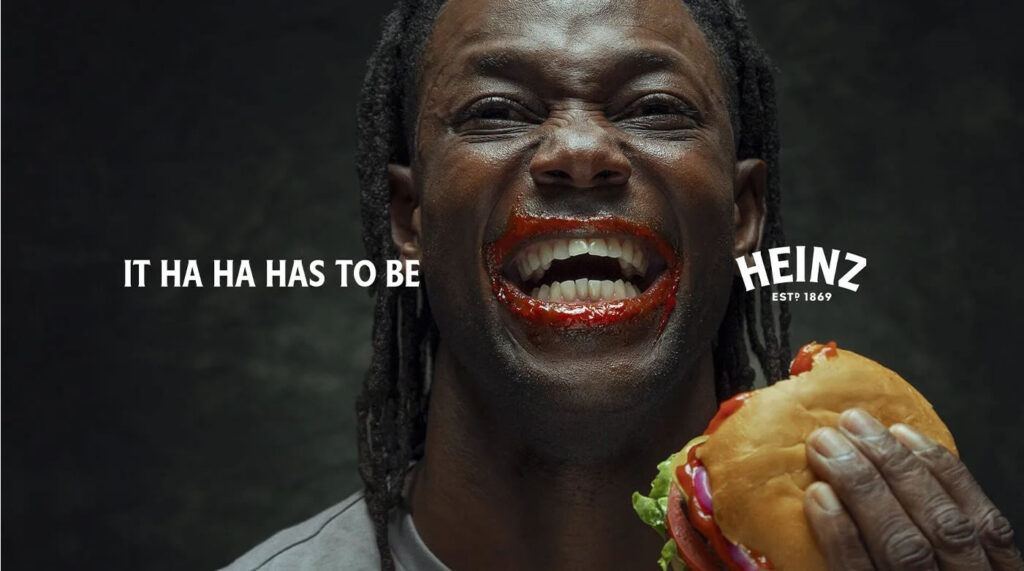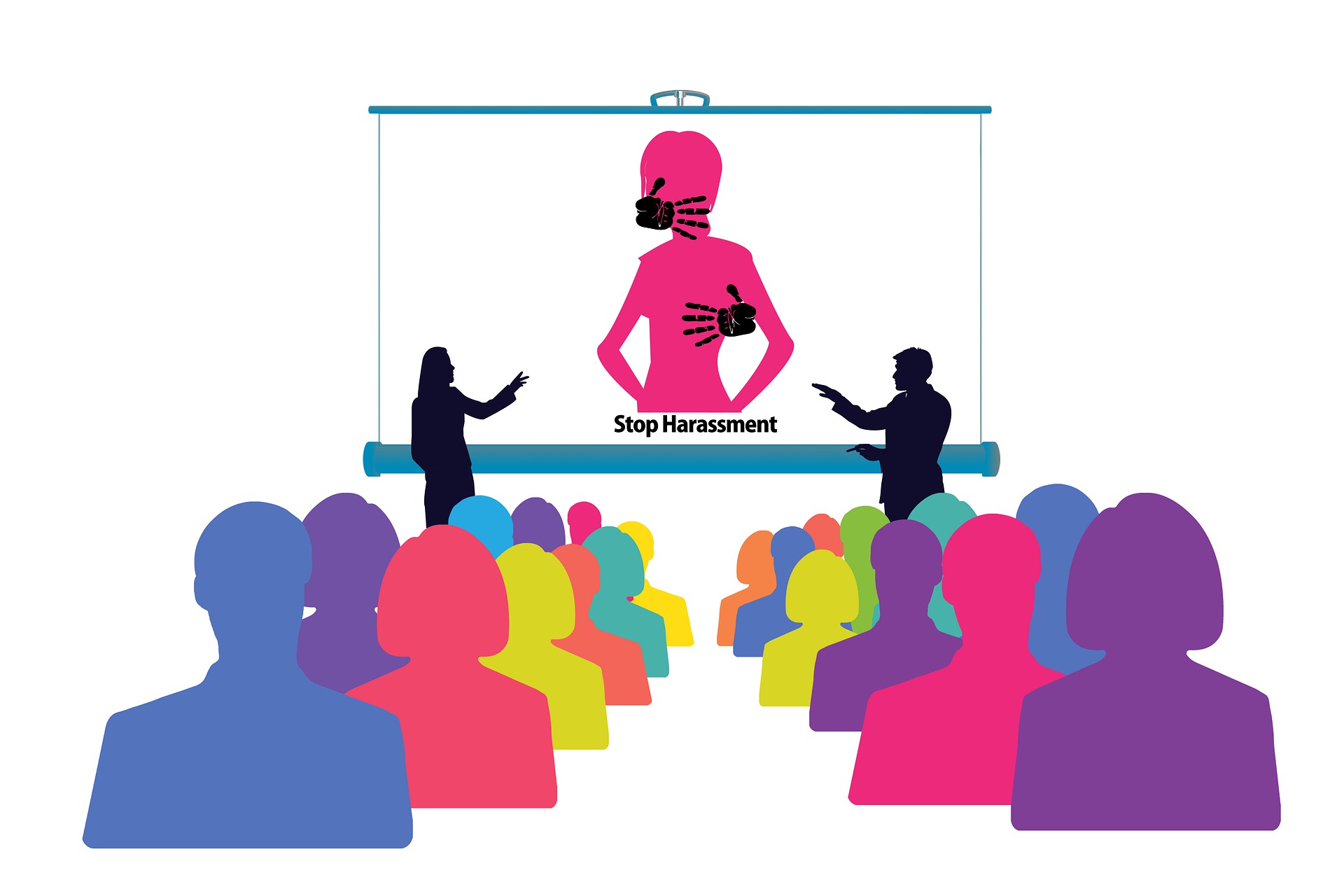October 2024
Contents
- Blue Tulip Consultancy – Welcome
- Article: Sexual Harassment – The Triangle Dynamics
- Diversity Dilemma
- Hmm…worth thinking about
- Good stories
In terms of training and consultancy support, our primary focus over the coming months and 2025 is on
- Proactive and Preventative Actions to Sexual Harassment
- Understanding and controlling Microaggressions
- Organising and Managing Reciprocal Mentoring
- Finding Your Mojo – Professional Leadership Development Programme for Ethnic Minority Groups
- Inclusive Leadership Coaching – one-to-one or group coaching
Hello,
It’s been a while, and a very warm welcome to the latest newsletter from Blue Tulip Consultancy.
October is Black History Month and I believe Catherine Ross, Founder Director, Museumand, The National Caribbean Heritage Museum, put this quite succinctly “2020 has held a mirror up to the world and forced many to see the reality of racism”.
I hope that everyone is doing as well as they can be in these strangest of times, be that financially, mentally, physically or spiritually.
Sexual Harassment: The Triangle Dynamics
In 2000, I wrote my Master’s dissertation on the ‘Management of Sexual Harassment Rhetoric or Reality’. Apart from understanding the definition of sexual harassment and how it is manifested in the workplace, the aspect that resonated the most for me was the impact of the sexual harassment on those on the receiving end of such behaviour. This not only affected people at work, but there was also an ongoing, resounding negative effect on their personal lives.
Since 2000, and after the Me-Too movement, when I shared the title of my dissertation with colleagues, I would often get a response of ‘You showed a lot of foresight to focus on what is now a topical subject’. But it was prevalent then but not talked about; whereas now it has become more pertinent, and even essential, for organisations to respond to concerns of inappropriate behaviours of a sexual nature.
Fast forward to 2024 and on 26 October, there will be a change to the law made by the Worker Protection (Amendment of the Equality Act 2010) Act, which introduces a new proactive legal duty and obligation on employers to take reasonable steps to prevent sexual harassment of their staff (the preventative duty).
Sexual harassment is unwanted behaviour of a sexual nature. This behaviour either violates someone’s dignity or creates an intimidating, hostile, degrading, humiliating or offensive environment. Or both. The comment I regularly hear in training sessions I conduct is ‘If there was no negative intention, then the person should not be so sensitive’. The legal definition highlights that it can be sexual harassment if the behaviour has an effect even if it was unintended. Similarly, even if the behaviour was intended but did not have an effect, it can still be deemed as sexual harassment.
Examples of sexual harassment, either as a one off or a series of behaviour relates to any type of interaction (including emails, in house online chats, social media, images) that has a sexualised theme or undertone. This could be commenting on someone’s body, clothing or appearance, making sexually offensive jokes or comments or touching someone against their will.
Organisations, when implementing the appropriate practices, processes and procedures need to consider the triangle dynamics which has three factors,:
Firstly, the impact for the person or persons either on the receiving end of sexual harassment or for those who are observing the behaviours. This can have a significant damaging effect on their sense of self including poor self-esteem, lack of confidence, anxiety, depression that can impact their mental health, well-being and even physical health. In most instances, it’s also detrimental to the productivity, creativity and engagement within a team.
Secondly, the consequences for the individual(s) who have behaved in a sexually inappropriate manner. In a recent example Jay*, during a team drinks event, had made comments with sexual innuendos about a colleague’s body. He was suspended and, as part of the disciplinary action, he was required to have some coaching sessions. During our coaching sessions, Jay shared that he felt shame, guilt and embarrassment about his behaviour and that he had not told anyone (friends and family members) that he had been suspended for 10 weeks (whilst the organisation conducted the investigation) or about the subsequent disciplinary action. On returning to work, he could hear hushed whispers in his meetings and found that colleagues that he had previously had good relationships with previous no longer wanted to engage with him on any level. As a result, Jay left the organisation soon after.
During our sessions he mentioned several times that everyone, including managers, would regularly talk about women in a derogatory manner with a sexualised connotation, and he got caught up with this team culture of it’s either ‘only banter’ and therefore funny or was meant as a compliment. Does this excuse his behaviour (certainly not) but it does provide an insight about the need to be part of the group even if the behaviour is bad. There is also a tendency in some instances for colleagues to use certain but subtly negative language patterns, either out of habit or because it has become unconsciously ingrained into office culture and banter, with the result that it soon becomes ‘acceptable’.
Thirdly, developing and maintaining an inclusive culture. There have been too many stories of late when colleagues (men and women) who have been on the receiving end of sexual harassment, whether jokes, stereotypical comments/innuendos or unwanted physical contact, have called it out only to be silenced or isolated. Furthermore, they can be the subject of comments such as ‘seeking easy money for imagined insults’, ’being part of a nation of snowflakes’, ‘being too sensitive’, ‘being paranoid’ and that ‘it’s all too much wokery’. Whether such comments are made in a dismissive or defensive manner, there is nonetheless a fundamental cause for concern; the fact that these comments of a sexual nature were made at all and the lack of acknowledgement or recognition that this behaviour is not only inclusive, but also damaging.
At a recent farewell event, attended by senior leaders, one director was approached by a colleague and asked if he would consider having an apprentice in his team. His immediate response was to ask whether she was young and attractive. The raucous laughter from the other leaders highlighted the management team culture. It is apparent that sexist humour, which is really the denigration of women in this instance, trivialises the unpleasant reality of sex discrimination behind a smokescreen of harmless banter and implies that, when sexist language is presented as humour or in jest, it is to be viewed as acceptable and considered a bonding ritual between colleagues.
Fundamentally, it is important for all of us to be aware that, whilst we have made huge strides in moving away from explicitly negative and sexually inappropriate behaviour, subtle comments and remarks considered to be innocuous can be damaging and help maintain the ripple-like effect of discrimination against women and men. We need to be more aware of subtle sexism in the workplace, the need to move away from stereotypes and to place a greater focus on treating people as individuals and not negatively labelling them with the group that they represent.
Diversity Dilemma
Should Diversity and Inclusion Courses be mandatory?
The pendulum on whether or not to make Diversity and Inclusion courses mandatory for all staff to attend continues to swing.
During training courses I have conducted for a variety of organisations I have noted, at the risk of not maintaining my confirmation bias, that there are various types of participant. Those who I would label ‘prisoners’ who clearly do not want to be there. Then there are ‘saboteurs’ who blatantly make comments along the lines of ‘Not another session on Diversity and Inclusion, how many more do I need to attend, this is my fifth one in five years’, or ‘Is this a training programme on how to be woke?’ or ‘Another box that needs to be ticked’ or ‘I am bored’.
On one occasion, a senior leader who attended a training via virtual means asked if she could turn her camera off so that she could simultaneously attend the training session and respond to emails as she’d come back to work after a two-week holiday and had a lot to catch up on. On one level, whilst I respected her honesty, on another I wondered as to the role model she was portraying to her peers and colleagues about her commitment. I politely suggested that she attended another training event.
At the same time, I have had a number of participants who are committed to learning and implementing inclusive behaviours. The questions asked, the level of reflection and the sharing of good practices within the group setting is both enthralling and energising. This group of people I would label ‘adventurers’, who want to learn, share their vulnerability and effect change. There have been occasions when I have had a group of participants who are all adventurous and at the end of the session, I leave with a feel-good factor of hope for the future…
Should Diversity and Inclusion courses be mandatory or voluntary? If voluntary, does it offer colleagues with a ‘get out clause’ of I haven’t attended any training so I didn’t know what was and wasn’t acceptable with inappropriate behaviour continuing. If mandatory, the resistance to behaving in an inclusive manner can be so disruptive that it negates the commitment of those who want to learn, understand and be more respectful.

Hmmm.. Worth thinking about
There has been quite a furore, and rightly so, over the last few weeks concerning the Heinz advert in London Underground of a wedding event where the Black bride is tucking into her Heinz spaghetti with gusto whilst her white husband (who you can assume is the groom) and again what are presumably his parents look at her with curiosity. The other person at the table is an older Black woman who can be assumed to be the bride’s mother. The unanswered question is where is the bride’s father?
This advert touched a nerve for many people regarding the stereotyping of either single Black mothers or giving the impression that Black fathers are uninvolved or uninterested.
But wait, it gets worse, Heinz then had to pull its recent Halloween-themed advert due to further accusations of racist overtones. The ‘It Ha Ha has to be Heinz’ campaign, in line with the Joker film shows a Black actor enjoying their food with their lips covered in ketchup. The response from the public has been negative and critical, highlighting the blackface connotations evocative of the minstrel shows from the 1970s which itself had racial undertones.
Nels Abbey’s powerful article in the Guardian Heinz Advert features racist stereotypes highlights the historical and current messages about race and racism particularly in relation to the negative connotations and stereotyping. The last paragraph sums it up beautifully:
Diversity has proven to be a very good (profitable) marketing and advertising tool. I view the Heinz ad as more cock-up than corporate Klansman conspiracy, and its apology for “unintentional perpetuated negative stereotypes” – assuming it is taking the posters down and doing something positive to challenge those stereotypes – is to be welcomed.


Good Stories
It’s Black History Month and the 2024 theme is ‘Reclaiming Narratives’. The aim is to mark a significant shift towards recognising and correcting the narratives of Black history and culture.
This theme underscores a commitment to correcting historical inaccuracies and showcasing the untold success stories and the full complexity of Black heritage. It’s about taking control of stories and honouring heroes while challenging the narratives that have often overlooked the contributions and achievements of Black individuals both in the UK and globally. #ReclaimingNarratives
The journey of reclaiming narratives is not just a theme for Black History Month; it’s a movement towards acknowledging and appreciating the myriad contributions of Black individuals throughout history and around the world.
Let’s celebrate and be inspired:
Kenya’s Ruth Chepngetich broke the world record to win the Chicago Marathon on Sunday 13 October 2024.
The 30-year-old clocked a time of two hours, nine minutes and 57 seconds to surpass Ethiopian Tigst Assefa’s previous record by nearly two minutes.
Chepngetich is the first woman to run a marathon in under two hours and 10 minutes.
Ralph Bunche Awarded the Nobel Peace Prize in 1950
Ralph Bunche received the 1950 Nobel Peace Prize for his late 1940s work as a United Nations mediator in the Palestine conflict. He called himself ‘an incurable optimist’. Bunche was the first African American and person of color to be so honored in the history of the prize.
Nina Simone | Musician | 1933-2003
Born Eunice Waymon in Troy North Carolina, Simone was an American singer, songwriter, musician, arranger, and civil rights activist. Her music crossed all genres from classical, jazz, blues and folk to R&B, gospel, and pop. She would cross tracks to the white side of town to study classical piano with a German teacher and was later accepted into The Juilliard School. She went on to record more than 40 albums and in 2003 just days before her death, the Curtis Institute awarded her an honorary degree.
My favourite lyrics from her song Feeling Good
Dragonfly out in the sun you know what I mean, don’t you know?
Butterflies all havin’ fun, you know what I mean
Sleep in peace when day is done, that’s what I mean
And this old world, is a new world
And a bold world for me, yeah-yeah
Stars when you shine, you know how I feel
Scent of the pine, you know how I feel
Oh, freedom is mine
And I know how I feel
It’s a new dawn
It’s a new day
It’s a new life for me
I’m feeling good
“Feeling Good” was first performed by a character simply called “The Negro.” In the 1964 musical ‘The Roar of the Greasepaint’. He sings the show tune after winning a ruleless “game” against two white characters – symbolizing the struggles of racial and socioeconomic inequality in 1960s Britain, the musical’s setting.
The “game” was not designed for Black or poor people to win, and the mildly operatic number serves as a point of emancipation born out of anguish and frustration, bringing a new level of intention to Simone’s rendition.
Depending on the messenger, “Feeling Good” could hold a different meaning of euphoria. However, the initial intention of the lyrics brought Black resilience and hope to the forefront.
Various Sources
If you would like more details about how we can help your organisation please have a look at our website or if you would like a short chat over the phone please email hello@bluetulipconsultancy.com to arrange a convenient time.
Snéha Khilay
Managing Director
Blue Tulip Consultancy
hello@bluetulipconsultancy.com
www.bluetulipconsultancy.com
Inspired by the famous Gandhi quote, “be the change you want to see in the world”

